Imagine surviving not just one but two devastating nuclear explosions. The chances of this seem improbable or even close to impossible.
However, Tsutomu Yamaguchi defied the odds in the face of such unimaginable adversity, not only witnessing the devastating power of atomic warfare twice but managing to survive both cataclysmic explosions.
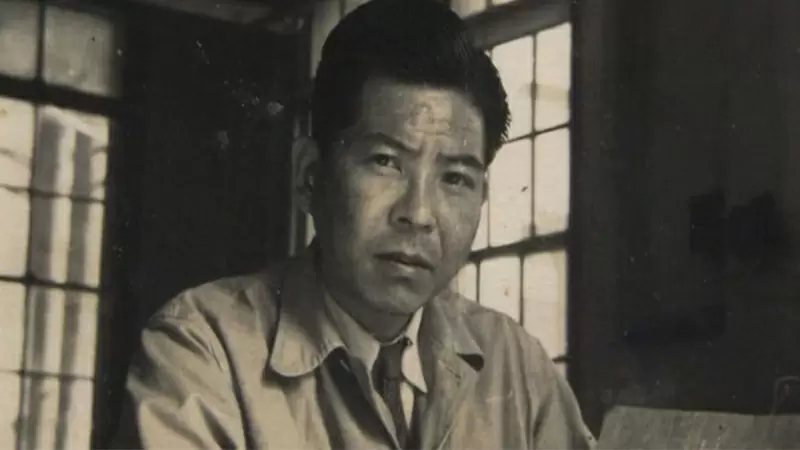

In August 1945, amid World War II, the United States unleashed atomic bombs on the Japanese cities of Hiroshima and Nagasaki just mere days apart. The death toll reached over 100,000 for the two attacks combined.
Tsutomu Yamaguchi managed to find himself at both locations when each blast took place. Miraculously, he survived both, though certainly not unscathed.
But how did he manage to be in the wrong place at the wrong time twice? And how did he emerge from two nuclear attacks and live to tell the tale?
Horror In Hiroshima
It began as a typical day at work for Tsutomu. On August 6, 1945, he was on the final day of a months-long business trip in Hiroshima. Tsutomu worked for Mitsubishi Heavy Industries designing oil tankers and had spent that summer working hard on a new design.
The 29-year-old was looking forward to the train ride home to Nagasaki, where his wife, Hisako, would greet him.
His last few hours in Hiroshima were spent preparing for the journey home. He headed to the train station with two of his colleagues when he realized he’d left his Hanko – a stamp verifying his identification – in the office.
He raced back to the Mitsubishi shipyard to collect it when he heard a loud noise emanating from the sky. He looked up and saw it was an American B-29 bomber. The B-29 was called Enola Gay, after the pilot’s mother.
Tsutomu had little time to think before the aircraft released a small object that glided to land with the help of a parachute. The object that floated through the sky was called “Little Boy.” The bomb, despite its small size and cutesy name, held a great deal of catastrophic power.
The war was something that Tsutomu had thought about a lot leading up to this fateful day. So much so, the longer the war went on, the more he considered honor killing his family and then overdosing himself.
Despite his despair at the state of his country, nothing would be able to prepare Tsutomu for what he was about to endure. Little Boy suddenly caused a blinding light in the sky, something Tsutomu compared to a magnesium flare.
However, unlike the light from a magnesium flare, this blaze of lightning filled the entire sky. Realizing what was about to happen, Tsutomu raced to a nearby ditch, hoping to somehow fortify himself from the imminent blow.
This would be an impossible feat. A deafening boom rang before Tsutomu was blown in the air, spun around helplessly, and thrown to the ground violently.
He was less than two miles from the city center where the bomb was dropped. Being so close to ground zero, his chances of survival were slim.
After being rendered unconscious for a period of time, he woke up in a potato patch. When his eyes opened, the sky was black.
There was no sign of the summer sun that was there just moments before. It had been replaced by flying debris, ash, and dust. Not only was it pitch black, but there was no sound. At least, not for Tsutomu, whose eardrums had burst.
His body had suffered burns, particularly his face and arms. In a panic, Tsutomu felt his legs to make sure he still had them and that they still worked. To his relief, despite the severe burns, he was able to walk.
Tsutomu managed to pick himself up and make his way back to the Mitsubishi shipyard. In a daze, surrounded by falling ash and the wreckages of nearby buildings, he slowly navigated his way to the office.
On his way, he looked up and saw a huge mushroom in the sky, engulfed in flames, like a stationary tornado.
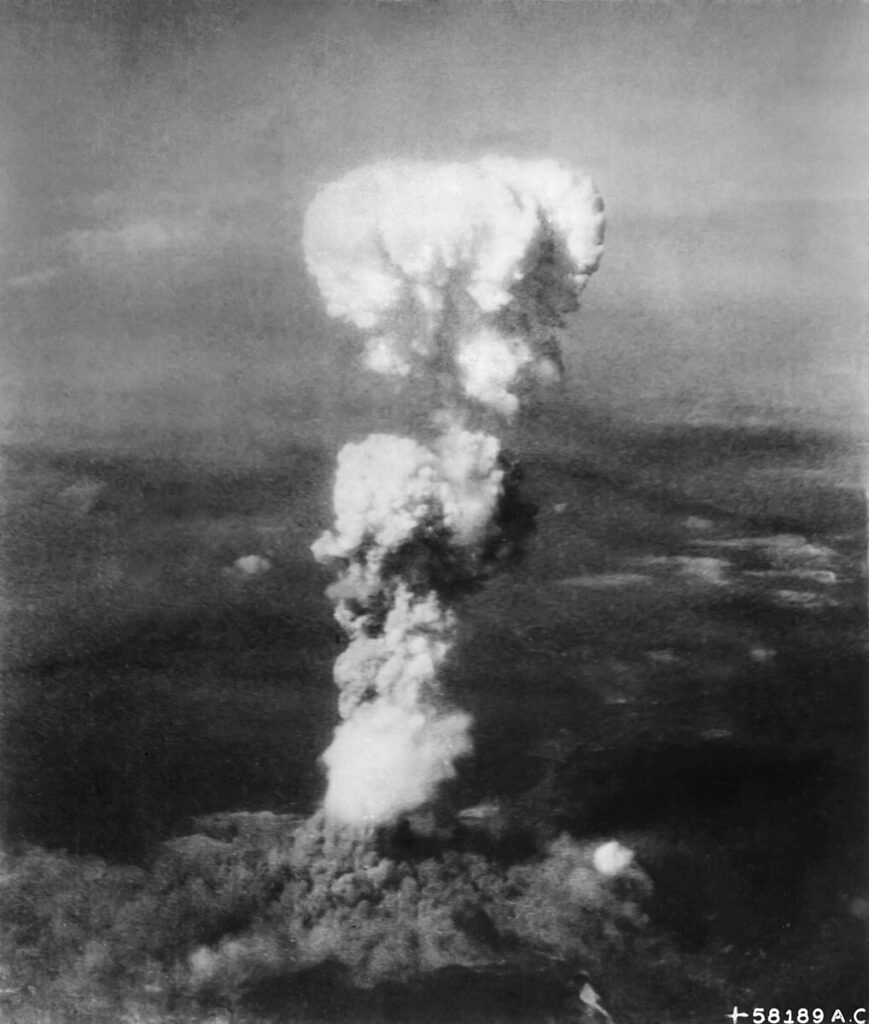
Eventually, he made it to the shipyard, though he didn’t expect to encounter any survivors. To his surprise, the colleagues he was due to travel with had also survived the bombing, and the three sought safety in a nearby air raid shelter.
The trio spent the rest of the day and night here, considering their next move. On August 7, they agreed they couldn’t spend any more time in the shelter and had to find a way out of Hiroshima. They decided to make their way to the train station, hoping that it was still operating somehow.
The Journey To Nagasaki
The three stepped out of the air raid shelter and into a living nightmare. They were surrounded by charred bodies, the harrowing faces of people who’d suffered agonizing deaths, and the streets were littered with corpses.
Fires ravaged what was left of the surrounding buildings, and the men had to be careful to avoid the dangers of the burning wreckage surrounding them.
They eventually reached a bridge that would take them to the train station. It had been burned beyond use by the fires, meaning the three men had to wade through the river beneath it, which was filled with floating corpses.
Desperate to make it to the station, they trudged through the nightmarish scene and made it to dry land.
The survivors arrived at the train station and were met with more individuals who’d somehow made it out of the blast alive. Each of them was badly burned and injured, but thankful they were able to board a night train to Nagasaki.
Tsutomu was reunited with his wife and family. He was briefly treated at the hospital but chose to return home, where his mother didn’t recognize him. Still, he only allowed himself a day’s rest before returning to work.
Despite his plethora of injuries, the hard worker insisted he wouldn’t miss a day of work, regardless of the atomic bomb attack he’d just survived.
On August 9, he was back at the Mitsubishi office in his hometown of Nagasaki. Covered in bandages and bloody dressings, Tsutomu reported to his superior, who demanded a full report on the events at Hiroshima.
Instead of being offered sympathy or praised for his work ethic, Tsutomu was reprimanded by his boss for losing his colleagues in the blast. He also questioned the truth in Tsutomu’s story, insisting one bomb would be unable to wreak such havoc on a city.
As Tsutomu was trying to explain himself, he saw a familiar sight outside the window – a big flash of light, just like the one he’d witnessed days earlier. Tsutomu knew what was coming and barely had time to brace himself.
The Nagasaki Blast
In the seconds before the imminent blast, Tsutomu thought he’d brought the Hiroshima mushroom cloud back home with him. The blinding white flash consumed the sky before a huge explosion threw Tsutomu and his boss violently through the office.
Where the angry boss had doubted his employee’s story before, there was now no way he could deny that Tsutomu had been telling the truth about the power of a nuclear blast.
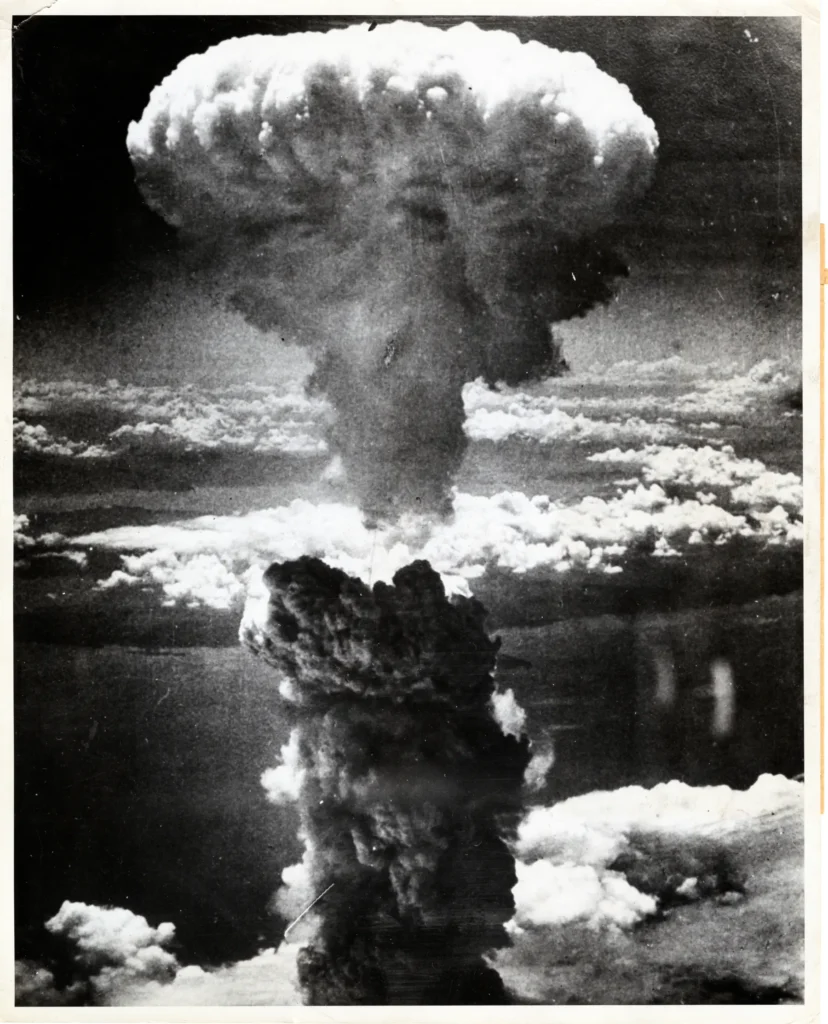
Glass rained down from the office windows. Ruin and debris hurtled through the air, but Tsutomu and his boss were somehow still alive.
Tsutomu picked himself up, noticing his bandages had burned off from his old wounds and fresh ones had been created. He looked for the best way to evacuate the burning building amid the falling ash.
His boss cried out for help, but feeling angry about being branded a liar just moments before the explosion, Tsutomu didn’t heed his boss’ cries. Instead, he jumped out of the window and made his way home to his wife, hoping his family were safe.
In the space of three days, Tsutomu had been within two miles of each nuclear bomb attack. And, miraculously, he’d survived each one. However, he’d also been in the crossfire of cancer-causing radiation twice, though the outcome of this was yet to be seen.
When he arrived home, he saw part of his house was down to the skeleton, which caused him to fear the worst. However, he soon discovered his wife, though injured, was also still alive.
The Aftermath
Being hit with one round of radiation is bad enough, but two rounds are potentially catastrophic. Days after the second bomb, Tsutomu began to show the effects of the radiation. He vomited uncontrollably, his hair fell out, and he developed gangrene on his arms.
However, he was unable to get the urgent medical treatment he needed since he and his family had taken refuge in a bomb shelter. By August 15, his health was in rapid decline. He developed a fever and was unable to retain food or water. He thought death was close by.
But, on that day, the news of Japan surrendering filled the airwaves, and relief washed over the injured and the sick. Tsutomu, however, was too ill to feel much about the end of the war.
Still, over the coming weeks, he slowly regained his strength. Not only that, Tsutomu would go on to live a full life, having three children with his wife and embarking on a career as a translator in the U.S. Armed Forces. After this, he would go back to his old job at Mitsubishi.
Tsutomu and other survivors applied for hibakusha status when the Nagasaki government announced they would provide health assistance benefits to those affected by the bombs.
Hibakusha means “bomb-affected people” and is reserved for those who were exposed to radiation from fallout. This includes the unborn children of pregnant women who were impacted.
However, Tsutomu’s ID could only prove he was exposed to the Nagasaki attack. While this meant he was entitled to government healthcare and benefits, it also meant his true status as a double survivor was ignored. Tsutomu decided he didn’t want to draw attention to this oversight.
Research conducted years later would discover that around 150 people were unfortunate enough to be in both Nagasaki and Hiroshima when the blasts took place.
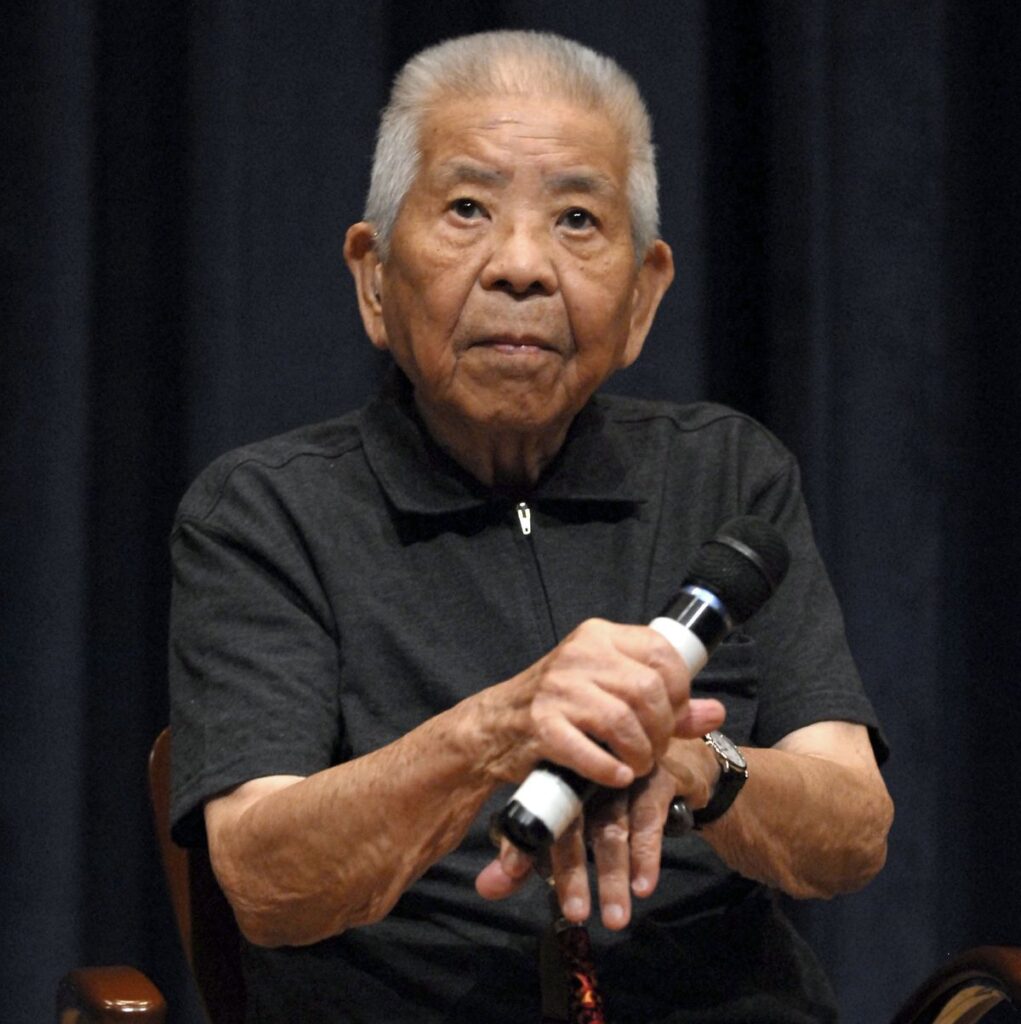
The years passed by, and the Yamaguchi family lived a quiet life under the radar. Tsutomu didn’t discuss his traumatic experiences publicly, preferring to use poetry as a means to digest the horrors he endured.
Tragically, Tsutomu and Hisako’s children would all suffer irreversible effects from the radiation their parents were exposed to in the bombings. Their son Katsutoshi died in 2005, aged 59, while daughters Toshiko and Naoko have been plagued with health issues throughout their lives.
Decades after the nuclear attacks, Tsutomu felt like the time was right to talk about the bombings. He released a memoir titled A Life Well Lived in the mid-2000s. Around the same time, he was vocal about his stance on atomic weapons and how they strip away human dignity.
He spoke of the long-lasting effects of the blasts, including his permanent loss of hearing in his left ear and the fact that he was still wearing bandages over a decade after the attacks. He also developed radiation-related leukemia.
His wife, Hisako, died in 2008, aged 88, due to liver and kidney cancer.
In 2009, Tsutomu decided he finally wanted to be recognized as a double survivor. He applied for double recognition from the government, who granted his request to be remembered as a survivor of both the Hiroshima and Nagasaki blasts.
Mere months later, in 2010, Tsutomu eventually succumbed to stomach cancer that was likely caused by his radiation exposure. Despite the odds stacked against him, he lived until the age of 93.
He not only survived two nuclear bombings, but he lived almost a decade past the average lifespan of a Japanese male. Tsutomu Yamaguchi was the human embodiment of the word resilient.
Sources
https://www.history.com/news/the-man-who-survived-two-atomic-bombs
https://thebulletin.org/2020/08/counting-the-dead-at-hiroshima-and-nagasaki/
https://www.theguardian.com/world/2010/jan/06/atomic-bombs-survivor-dies
https://www.theministryofhistory.co.uk/historical-biographies/tsutomu-yamaguchi-atomic-bomb

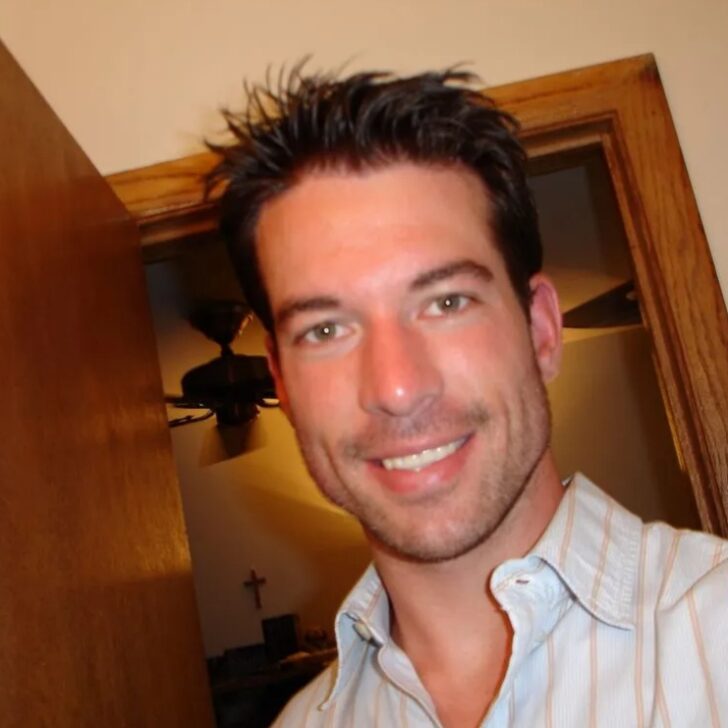

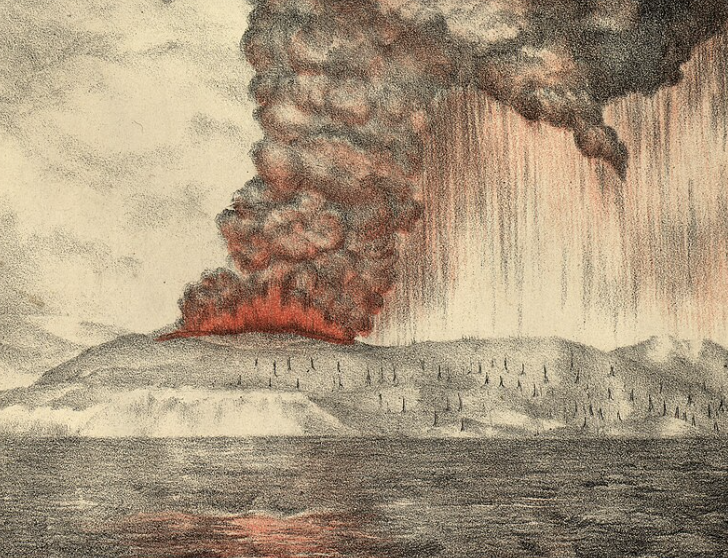
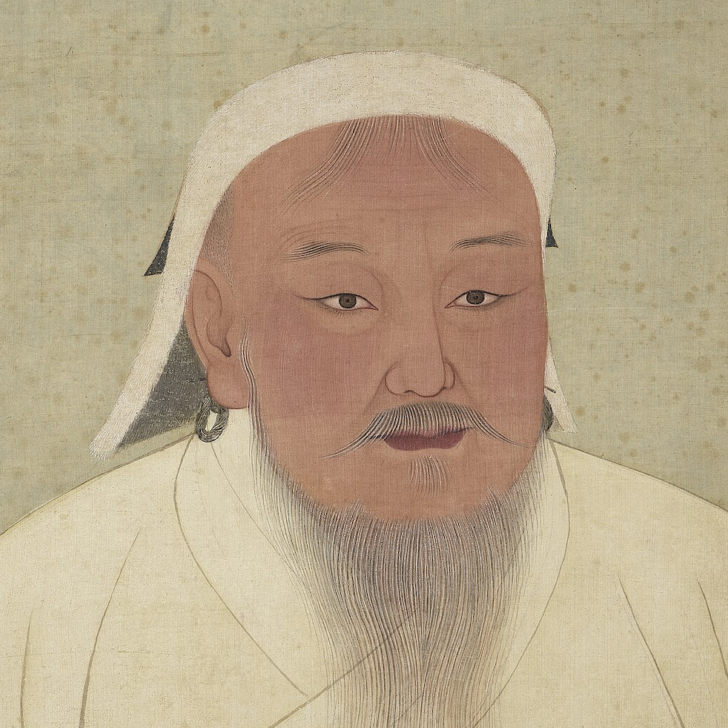
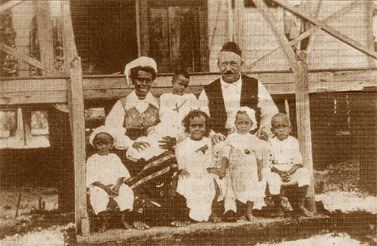







Leave a comment